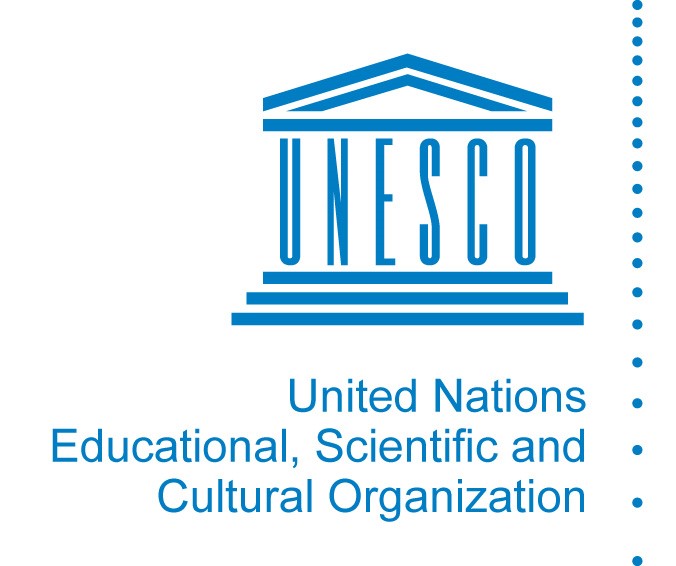International and regional human rights frameworks systematically note the importance of media to advance gender equality and the empowerment of women, including eliminating violence against them.
The Convention on the Elimination of Discrimination against Women through its general recommendations 19 (1992) and 35 (2017), call on states to adopt and implement effective measures to ensure that the media respect and promote respect for women by:
- encouraging the creation or strengthening of self-regulatory mechanisms by media, including online or social media, aimed at the elimination of gender-stereotypes relating to women and men, or to specific groups of women (such as human rights defenders), and to address gender-based violence against women that takes place through their services and platforms;
- creating guidelines for the appropriate coverage by the media of cases of gender-based violence against women;
- establishing and/or strengthening the capacity of national human rights institutions to monitor or consider complaints regarding any media that portray gender discriminatory images or content that objectify or demean women or promote violent masculinities; and
- establish a system to regularly collect, analyse, and publish statistical data on the number of complaints about all forms of gender-based violence against women, including technology mediated violence.
The Beijing Platform for Action (1995) recognized the potential that exists everywhere for the media to make a far greater contribution to the advancement of women. It outlined two strategic areas that are still very relevant today as progress has been slow:
- to increase the participation and access of women to expression and decision-making in and through the media and new technologies of communication; and
- to promote a balanced and non-stereotyped portrayal of women in media.
The Platform for Action had the foresight to include advances in information communication technologies (ICTs); their role in facilitating a global communications network that transcends national boundaries; and the impact this has on public policy, private attitudes and behaviours.
The Council of Europe Convention on preventing and combating violence against women and domestic violence (Istanbul Convention, Article 17, 2011) adopted in Europe, but open for global signatures, requires States Parties to: encourage the private sector, the ICT sector and media, with due respect for freedom of expression and their independence, to participate in the elaboration and implementation of policies and to set guidelines and self-regulatory standards to prevent violence against women and to enhance dignity; and develop and promote, in co-operation with private sector actors, skills among children, parents and educators on how to deal with the information and communications environment that provides access to degrading content of a sexual or violence nature which might be harmful.
At the regional level, the Inter-American Convention on the Prevention, Punishment, and Eradication of Violence against Women (Belem do Para, Article 8, 1994), adopted in Latin America, requires States Parties to undertake progressively specific measures, including programmes to encourage the communications media to develop appropriate media guidelines to contribute to the eradication of violence against women in all its forms, and to enhance respect for the dignity of women. The Protocol to The African Charter on Human and Peoples' Rights on the Rights of Women in Africa (Maputo Protocol, Article 12, 2003), adopted in Africa, requires States Parties to take all appropriate measures to eliminate all stereotypes in textbooks, syllabuses and the media, that perpetuate all forms of discrimination against women. The ASEAN Regional Plan of Action on the Elimination of Violence against Women includes “design, implement, and evaluate evidence-based and context-specific and cultural sensitive awareness-raising campaigns for changing social norms towards non-violence and respectful relationships, especially through making effective use of existing [people-oriented] media outlets and communication channels (ASEAN, 2015).”
The Council of Europe recommendation on the Protection of Women against Violence (2002/5) notes that Member States should: compile and make available to the general public appropriate information concerning the different types of violence and their consequences for victims, including integrated statistical data, using all the available media (press, radio and television, etc.); encourage the media to promote a non-stereotyped image of women and men based on respect for the human person and human dignity and to avoid programmes associating violence and sex; as far as possible, these criteria should also be taken into account in the field of the new information technologies. Further, the media should be encouraged to: participate in information campaigns to alert the general public to violence against women; organise training to inform media professionals and alert them to the possible consequences of programmes that associate violence and sex; elaborate codes of conduct for media professionals, which would take into account the issue of violence against women and, in the terms of reference of media watch organisations, existing or to be established, encourage the inclusion of tasks dealing with issues concerning violence against women and sexism.
